This is my final missive on Oaxaca, until I find more work there. Anyone?
I’m also sort of using this as a last ditch effort to entice you there. In my last newsletter, I spoke about how reluctant I’ve been to sign up for tours, as to avoid looking like the typical tourist I abhor. However, when I read the description of this tour, and traveling with just my 20-year old daughter, I knew this was right up our alley and would not disappoint. Tourists be damned.
We met up with the small group at the Templo de Santo Domingo de Guzmán, a common meeting spot as it’s smack dab in the middle of the historic center of the city. When we walked up we saw who we would spend the day with, a small group of women (and one brave man) who were already getting acquainted with our tour guide, Yeti. Yeti gave us the rundown of the day and then led us to a Sprinter van where the driver was awaiting our arrival. Locked and loaded, we were off to La Mixteca, and our first stop.
La Mixteca is the central highland region of Oaxaca, and is dotted with small villages of people who speak Zapotec, well, one of the 52 dialects of Zapotec anyways. The crafts that are practiced in the small villages here have been passed down from generations long passed.
Viviana and her nephew in their shop
Teotitlan del Valle was our first stop, a small village about 31 km from the city. Viviana welcomed us into her courtyard, where we sat in the shade of her pomegranate trees to listen to her tell us how she weaves ornate rugs using all natural materials and dyes. Briefly: she acquires wool from a town that specializes in raising sheep for wool. She cleans it using a root called amole, prepares it to become yarn, by twisting it with her fingers and then spinning it onto a spindle.
She then uses fruits, herbs, spices, plants, flowers, and insects to dye the yarns, and then, after all that, uses foot-peddled looms to make the most beautiful rugs, and more.
She has many employees, who put their heart (and quadriceps!) into the work. Yes, the looms are worked by the legs, pushing down on those wooden pedals. So many months of work and artistry go into each finished item; I was not going to leave empty handed. I selected a gorgeous rug dyed using cochineal, which are insects that feast on cactus, are collected and dried, and then ground into powder to be used for the pink/red hues. Beautiful.
Leticia hanging wax in the thorn bushes so the sun could bleach it.
Next stop was at another tiny village near Tlacolula de Matamoros to learn from a woman named Leticia about her hand-poured beeswax candles (also using only natural dyes) and the tradition of giving and gifting in Oaxaca. Here is the story. When a man asks a woman to marry him, there are two ways to do this. One is proper: he asks the parents first. The other is improper: he asks her. When he does it the right way, when they marry, they are gifted a six-foot candle that is white, decorated with flowers and such, all made from beeswax. When he asks the wrong way, the candle is yellow. It’s a tradition. The other tradition is called La Guelaguetza, which translates to offering or reciprocity. For the marriages, friends and family all bring to the bride and her family candles along with baskets of fruits and breads. I mean heaps of these things. Enough for the whole village to eat for weeks. When they get married the bride's family brings gifts of appliances. Also, heaps, like ten toasters, three washing machines. Not only did we learn of these traditions but we were gifted a shot of mezcal from the father of Leticia while learning. On an empty stomach, that’s its own adventure!
the tejate stand in the marketplace, Tlacolula
Speaking of empty stomachs, we next stopped at the marketplace Tlacolula, one of the oldest continuous marketplaces in Mexico, to fill up on tejate (a fermented corn beverage) and then tlayudas, tacos, quesadillas, memelas, and more. Post lunch we grabbed ice creams. I chose tuna, which is the fruit of the prickly pear. Sated, we packed back into the Sprinter and headed to another small town to meet Las Mujeres del Barro Rojo.
The Women of the Red Clay are from one village: San Marcos Tlapazola. It was here the great grandmothers of these women formed bowls and plates to trade for rice and beans, never earning money. They decided to go to the Centro, speaking only Zapotec, and sell their wares directly to change that. The men of the village tried to stop them, regardless, they went. This sounds like nothing to you and I, but it was something. These women are formidable, and wonderful. Alberta showed us how they shape bowls using nothing but their hands, corn cobs, and cut up old soccer balls.
The Women of the Red Clay are now global travelers and world-renowned potters, and all agreed that N.Y.C. is their favorite city.
Last stop of the tour was just to get us liquored up, at a women-run Mezcaleria called Espina Dorada. Once again, we learned the craft from soup to nuts, or agave to bottle. Takeaways: there are 38 types of agave in the region, some don’t even have names but the Zapoteca know what they are. Some take six years before you can use, while some take 16-20. March is good for mezcal production, not too hot or cold. They make different mezcals for different purposes: espidin is for cocktails, with Ditxbe is what you toast with, and Tepeztate is made from a wild agave which takes up to 30 years to mature, and is for sipping only. I sipped what they gave me but it is a strong liquor. Not for my weak American palate. Speaking of palates, we soon headed back to the Centro to meet our friends for our last meal.
They selected a restaurant from one of their friends, and we were NOT disappointed. Adamá is a Middle Eastern restaurant in a beautiful alley under these ancient arches. You may be surprised to read that we ate this type of food when in the land of Seven Moles, but you really can learn a lot about a place by eating at different styles of restaurants. Adamá was perfect. We ate fluffy pita, fried olives, creamy hummus with spiced ground lamb, and a type of phyllo savory pie that was outstanding. Makes my mouth water still.
For the tour, visit Yeti’s website: www.inoaxaca.com.mx
If you want info on the airbnb company, comment. They’ll give you a 10% discount off any of their beautiful properties!
I may have left my heart in Oaxaca. If you go, don’t bring it back. I’ll return for it.




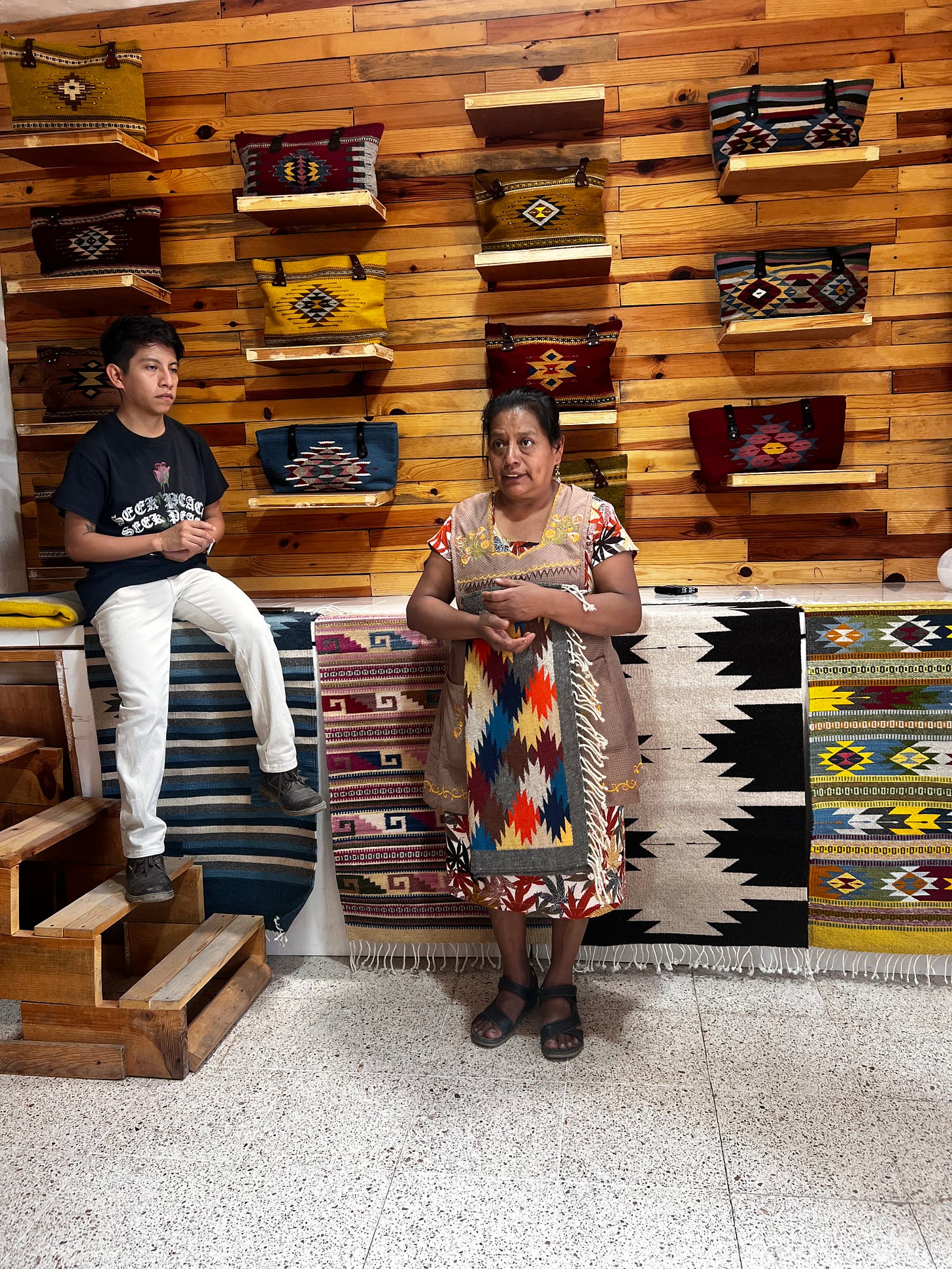

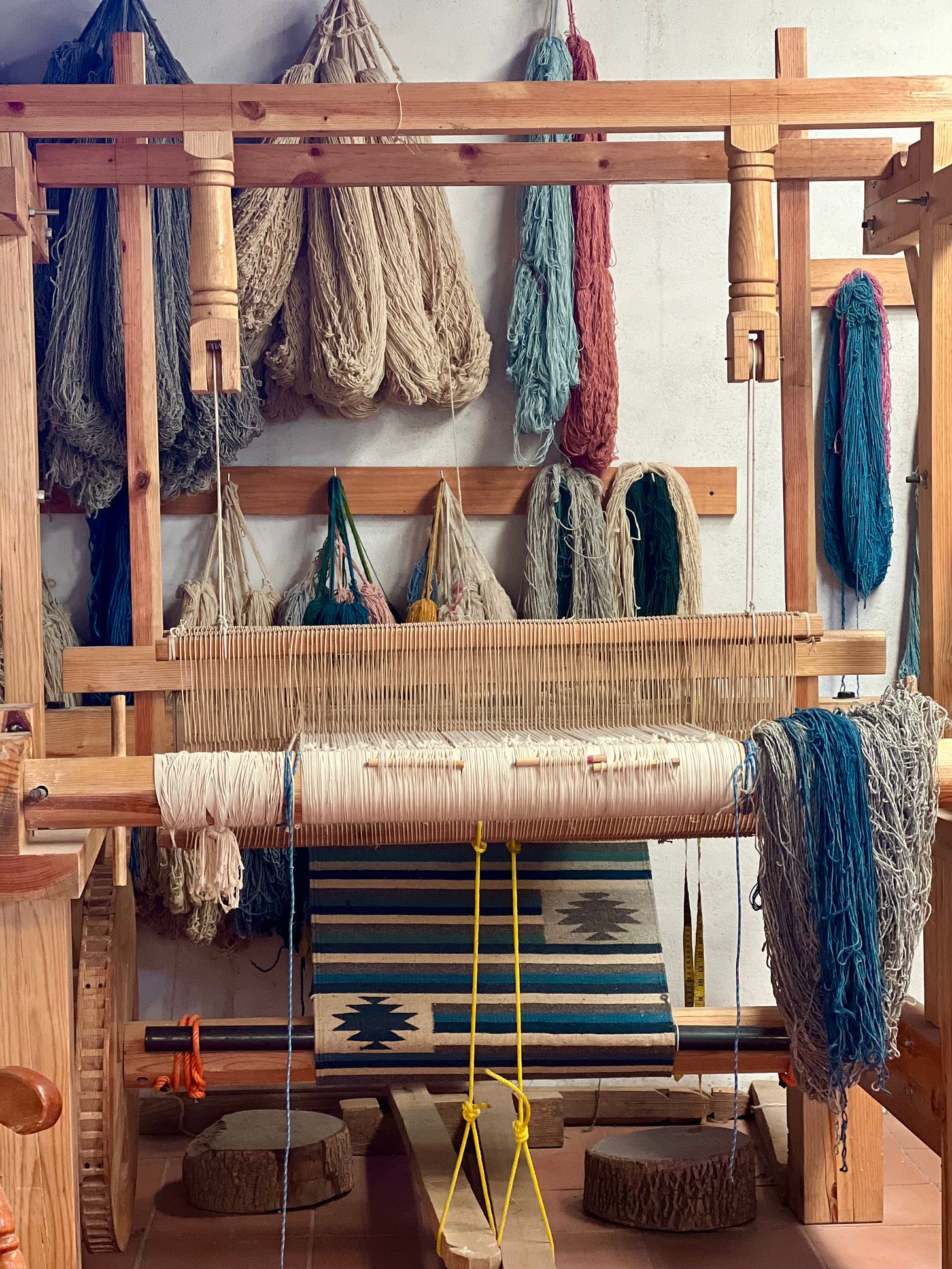


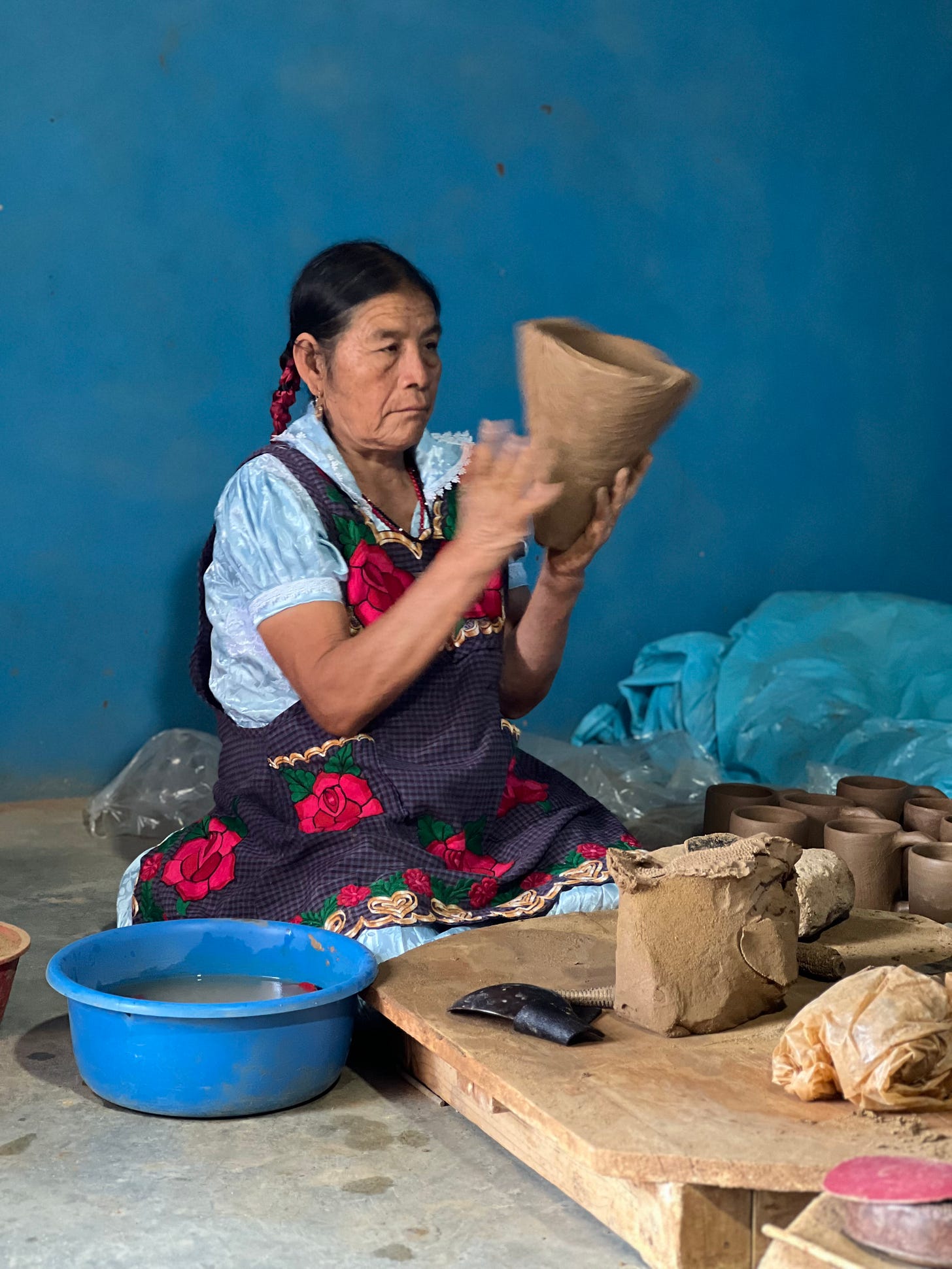
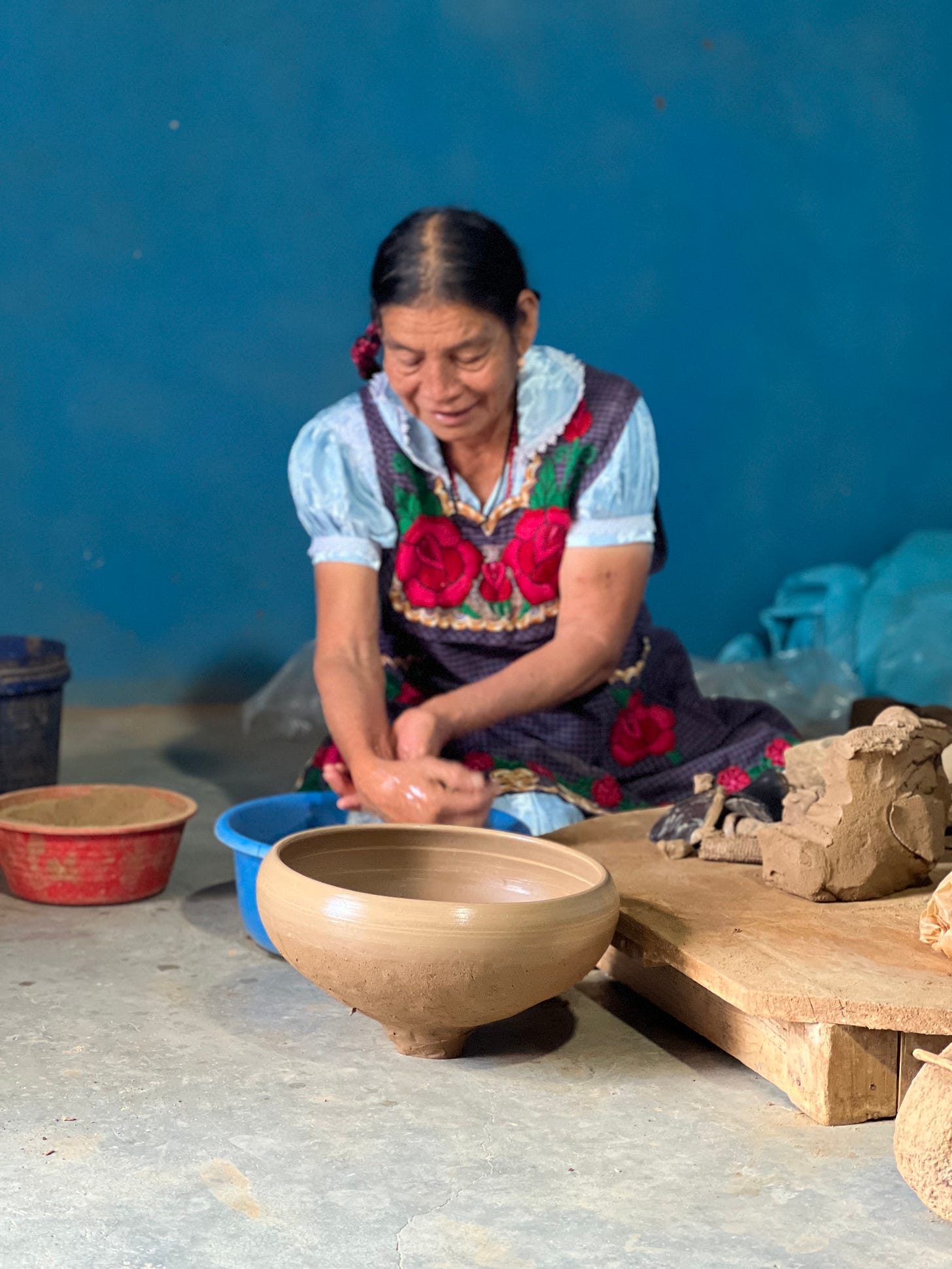

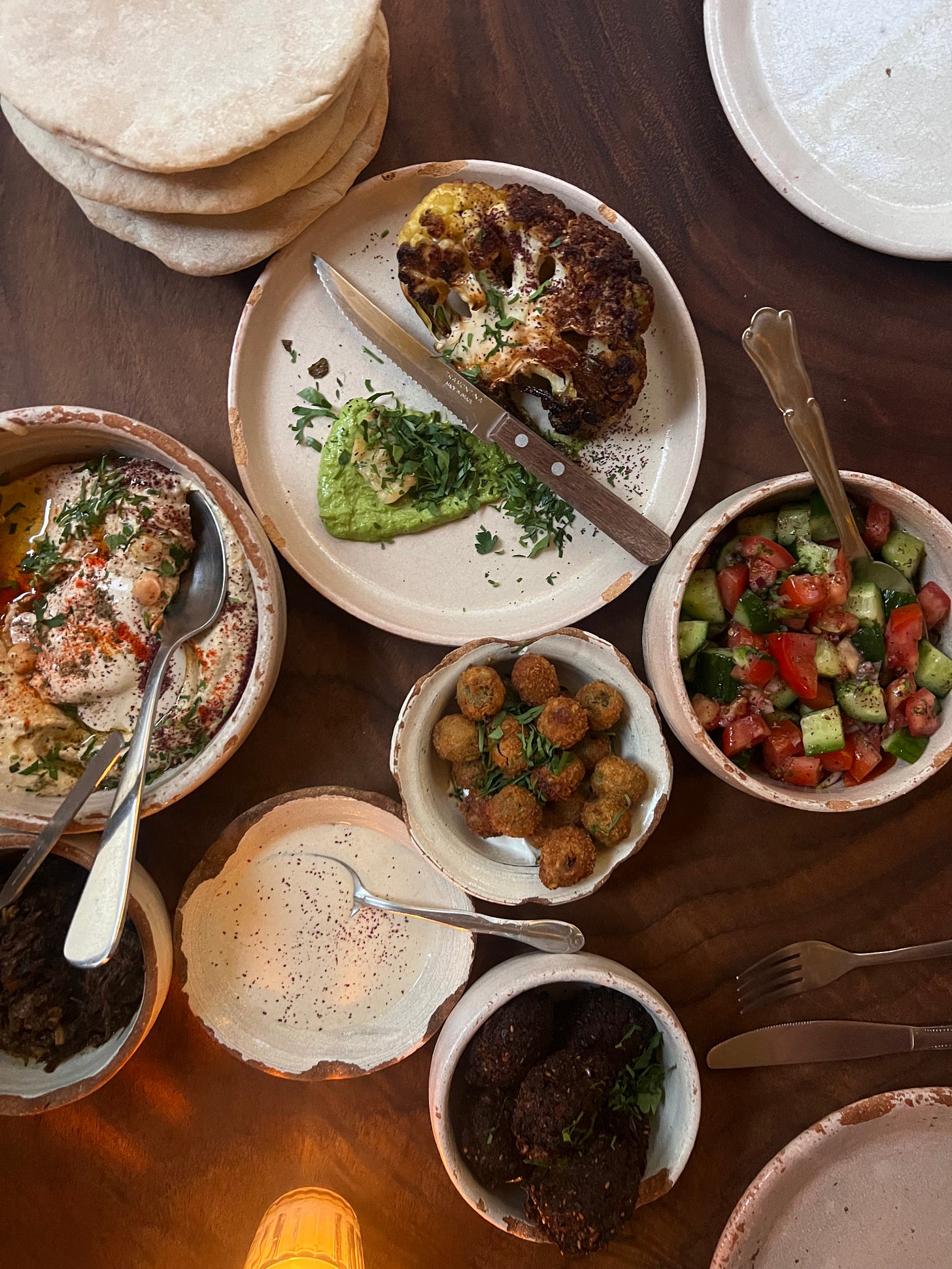
After reading your article, Im ready to get my suitcase and fly bck to Oaxaca. Thank you for sharing so much of the history and traditions of this magical Land and its people.
Looks like an amazing trip! I remember a Mexican restaurant in Chicago back in the 2000’s called Guelaguetza — it’s a good name for feeding people. Thanks for sharing and inspiring, especially for the tour-averse among us.